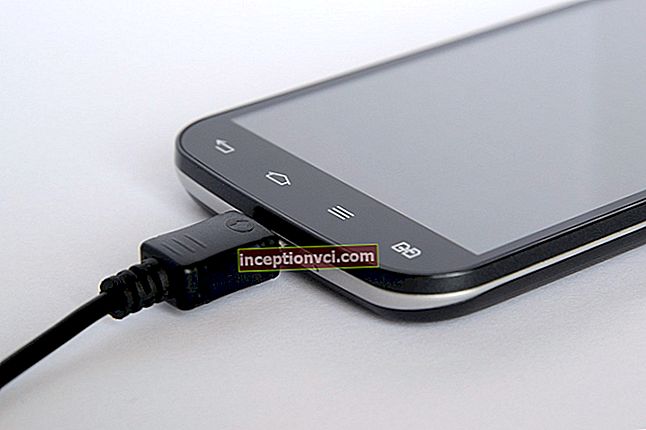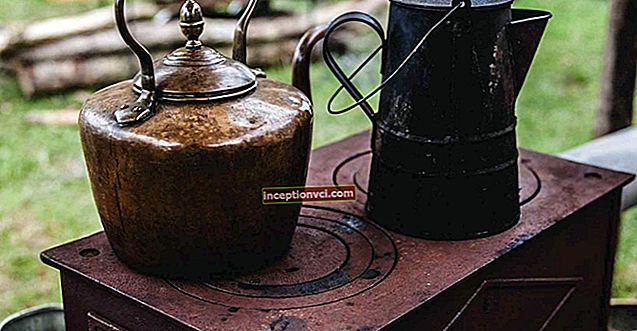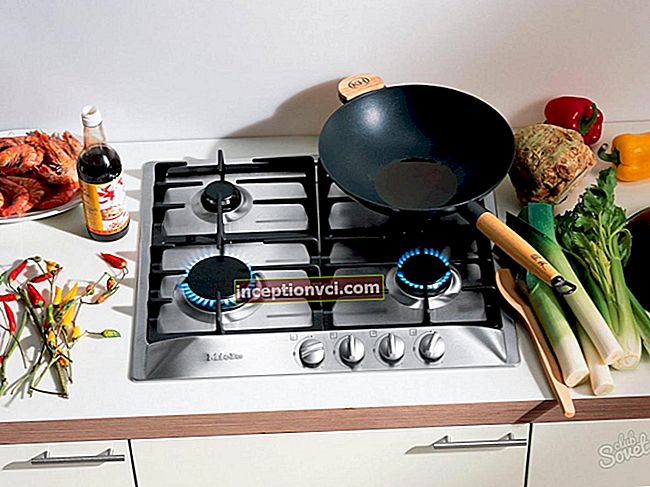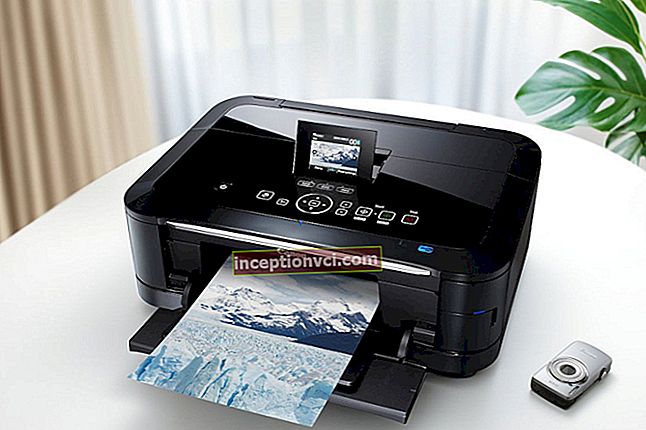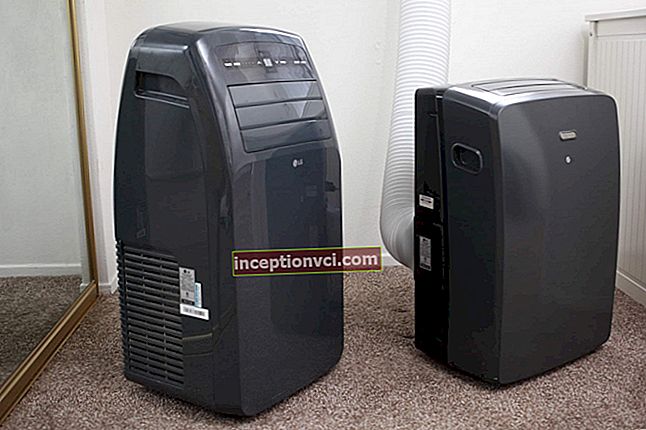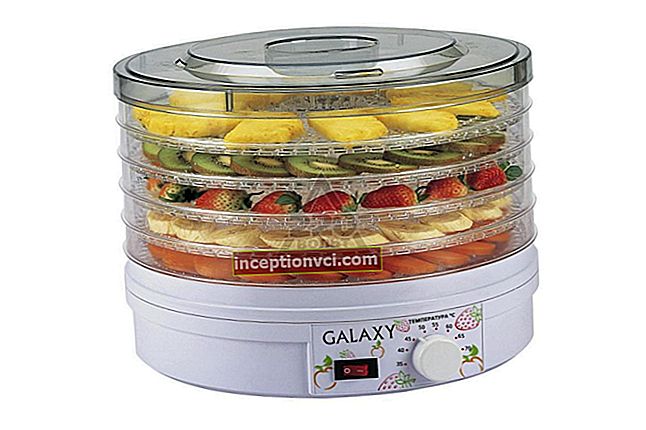
- For games in the gym, we recommend choosing a classic glued ball with a dense synthetic coating. For increased wear resistance, manufacturers first wrap it with reinforced threads and only then apply a layer of natural or synthetic leather. Such balls do not like sudden changes in temperature and deteriorate from direct sunlight, therefore they are not suitable for outdoor games.
- For beach volleyball, it is better to buy sewn with waterproof impregnation and covered with microfiber. Such models do not absorb moisture and do not deform when wet.
- An indoor volleyball usually weighs 260-280 grams. Outdoor models are slightly heavier as they need more stability in light winds.
- In a hall where there are many color spots, it is easier to track a single-colored light ball in flight. But under the bright sun, on the light sand, it will dazzle your eyes. For the beach, choose a tricolor - it is more pleasing to the eyes and more noticeable among the soft natural colors.
How to distinguish a fake from an original branded ball
Knowing three facts helps to choose the right volleyball:
- The high price is good. There are no cheap sophisticated smartphones and Audi at the price of "Tavria". If the ball says Mikasa, Wilson or Molten, and it costs 300 UAH, you can laugh out loud.
- No seams are visible on the original. Its parts are carefully matched to each other. In a fake in a pumped up and deflated form, cracks at the joints are visible with the naked eye.

- You need to know the nuances of the original model. Like smartphones, each brand ball model has its own characteristics. For more details on this with a specific example, see the video below.
How to pump up the ball correctly
- It's good if you bought a deflated product: constant inflation damages its coating. First, shake the ball so that the camera straightens and sags just under the valve.
- Moisten the needle with silicone, glycerin, or at least saliva. A dry needle can damage the valve.
- Slowly insert the needle into the valve, twisting it inward.
- Good balls usually indicate the pressure to which they should be inflated. If you do not have a pressure gauge, use the following test method. Raise the ball to chest level and release it onto a hard floor - it should bounce to waist level.
- Do not pump it so that the seams do not deform and it does not burst. If you need to reduce the pressure, bleed some of the air through the needle.
After playing, wipe the ball with a damp cloth and deflate a little. He doesn't need extra stress now. Do not let the ball get too cold or store it in high humidity.
Our video review on how to distinguish the original MIKASA from counterfeiting... Plus the secrets of inflating and caring for a good ball.


